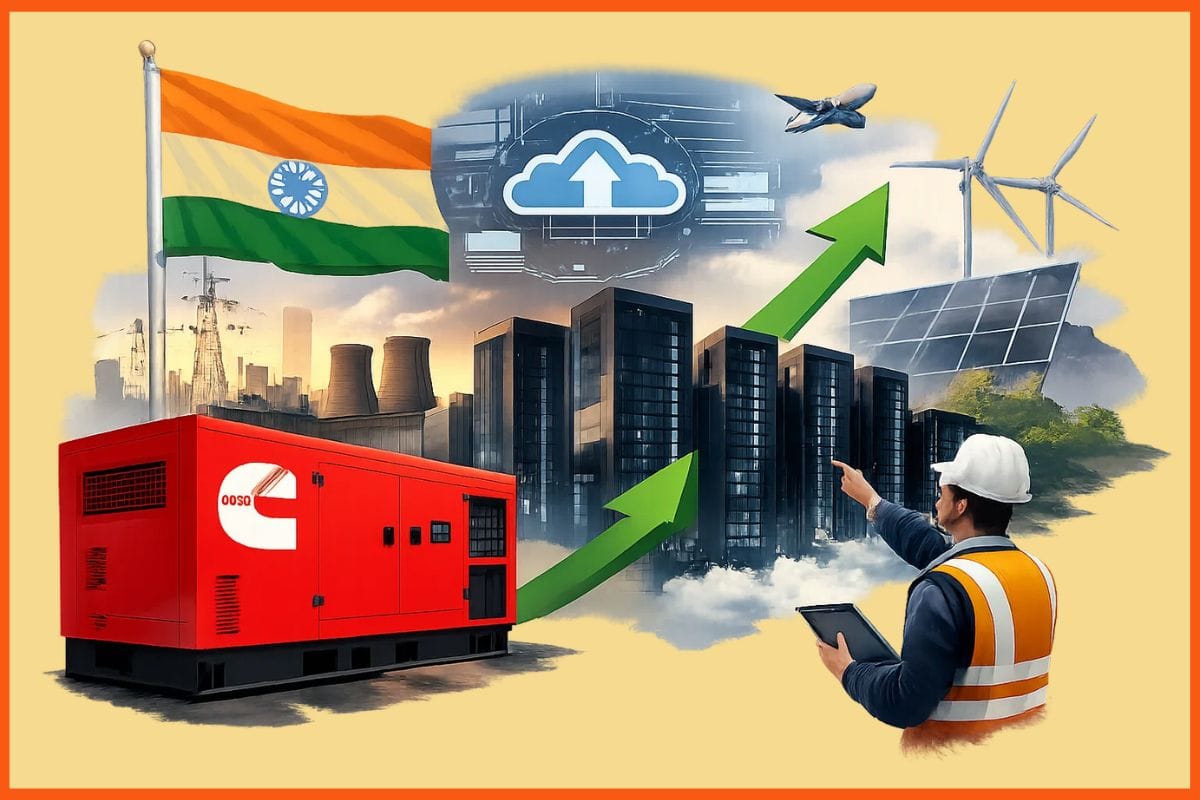How Mobile Healthtech Bridges Gap for Heart Patients in Remote Areas?
✍️ Opinions
This article has been contributed by Arindam Sen, Director and CEO of Heartnet.
A lot of transformative efforts have been made in the Indian healthcare infrastructure to enhance the well-being of citizens. Though there have been notable improvements so far, the Indian healthcare system continues to struggle with cardiovascular diseases that are not easy to diagnose and treat. The Indian Heart Association projects 2.5 crore coronary artery disease cases in India by 2025 which is a notable rise from the 1.7 crore cases reported in 2023.
The advent of mobile health technology is a game-changer for heart patients in India, especially those staying in villages. Digital technologies serve as an aid to individuals, allowing them to constantly monitor their heart health and get timely medical help wherever they are. With telemedicine, cardiologists from metropolitan cities can monitor patients' vitals, which include blood pressure and heart rate, remotely and advise treatment, lifestyle modifications, and diet. The utilisation of telemedicine in a cost-effective and equitable way is a key objective to minimise the gap in health services in urban and rural India.
Primary Challenges in Rural Indian Healthcare Infrastructure
Lack of Advanced Infrastructure in Rural Regions
Time Consuming and Expensive
Mobile Healthtech: A Game Changer for Remote Cardiac Care
Primary Challenges in Rural Indian Healthcare Infrastructure
Limited Specialists: The inadequacy of skilled healthcare professionals in rural India is the most significant challenge for the rural health sector. With a population of over 1.3 billion, India has a doctor-patient ratio of 1:1.457 compared with a WHO recommended ratio of 1:1000. Absence of the qualified health personnel in rural areas for effective and timely diagnosis services is the reason for the increasing number of heart diseases.
Lack of Advanced Infrastructure in Rural Regions
Another significant challenge in rural India is the shortage of state-of-the-art medical equipment and infrastructure. Most of the healthcare facilities in semi-urban and rural areas are hardly equipped with advanced technology for the treatment of cardiac disorders. Thus, a large number of heart patients often go undiagnosed or poorly diagnosed.
Time Consuming and Expensive
In semi-urban or rural regions where advanced healthcare facilities are available, it is quite expensive for patients due to its limited availability. Consequently, patients who need critical care and more advanced medical facilities, have to travel long distances, which is both time-consuming and expensive.
Mobile Healthtech: A Game Changer for Remote Cardiac Care
Improved access to care: The use of technology in providing efficient heart care removes geographical constraints, thus patients in hard-to-reach areas can communicate with cardiologists and other specialists for consultations, diagnosis, as well as management of their medical conditions. Mobile ECG devices can be used by paramedics or rural health workers to conduct ECG examinations in remote areas. This data can then be transmitted to the cardiologist for the diagnosis of heart conditions remotely. Through telemedicine consultations using video conferencing, specialists can now connect with local physicians in the remotest areas and provide diagnoses, treatment recommendations, and ongoing support for treating heart diseases in rural areas.

Enhanced monitoring: The technology-empowered devices allow for continual monitoring of vital signs that can act as early warning signs of deteriorating conditions like arrhythmia or heart failure exacerbation. The implementation of IoT helps to analyse user data more accurately and quickly and generate personalised risk assessments for heart diseases. Similarly, the apps and wearable gadgets continually track vital indicators including heart rate, blood pressure, and oxygen saturation. This data is then transferred to cardiac professionals with the aim of assisting them in monitoring the patient's wellness in real time and taking immediate action whenever required. This provides an opportunity for prompt action and prevents critical moments.
Empowered patients: Teleconsultation provides invaluable tools for patients to understand their health conditions, and their assigned medication, and do lifestyle modifications that can ensure self-management and make them feel in charge of their health. These apps can be utilised as educational resources and even create an individual plan to develop content with the expert’s help to spread awareness about heart diseases, and associated factors providing patients with prevention measures, and self-management techniques. In this way, patients are empowered to take an active role in managing their heart condition and empowered with a better quality of life and reduced stress about health.
Reduced healthcare costs: Initial diagnosis and screening tests might involve huge costs, time, and effort. However, mobile healthtech technologies facilitate patients by minimising travel requirements and facilitating remote consultations by offering virtual screening and diagnosis with the help of experts. It can significantly reduce healthcare costs for both patients and healthcare systems and reduce the physical burden on hospitals, and management, ultimately leading to lower operational costs.
To maximise the reliability of mobile health technology and to enhance its potential, it is important to gain a collaborative effort from various stakeholders including:
- Government Initiatives: The Indian government can be a key player in building digital literacy, expanding the internet in rural areas, and offering subsidies for telehealth tools and gadgets. This will act as a major encouragement for the rural population to accept and build reliable trust with digital healthcare providers.
- Public-Private Partnerships: Collaboration between government agencies, healthcare providers, telecommunication companies, and technology providers is extremely crucial in designing digital healthcare solutions that are both sustainable and scalable. The collaboration will boost the effectiveness and efficiency of minimising the burden on cardiac specialists across the country.
- Community Engagement: Educating the public on telehealth benefits and teaching communities how to use these technologies efficiently is a major necessity for the widespread adoption and usability of digital tools. An effective engagement strategy through healthcare volunteers and specialists would encourage rural citizens to take an active part in learning and utilising telehealth platforms to improve their heart health.
Mobile health technology offers a transformative approach to bridging the gap in cardiac care delivery, particularly for patients residing in remote areas. It allows for early identification of potential cardiac issues, diagnosis, communication with specialists, and timely treatment of cardiac issues. Patients facing cardiac issues in rural or semi-urban areas can remotely connect with cardiologists from renowned institutions, eliminating the need for arduous travel, minimising the time involved in travel, and reducing waiting times. Overall, mobile healthtech is a revolutionary step that offers a plethora of benefits for both patients and healthcare providers, transforming cardiac care delivery in semi-urban and remote regions of India, leading to improved cardiac healthcare infrastructure in the country.

Must have tools for startups - Recommended by StartupTalky
- Convert Visitors into Leads- SeizeLead
- Website Builder SquareSpace
- Manage your business Smoothly Google Business Suite





